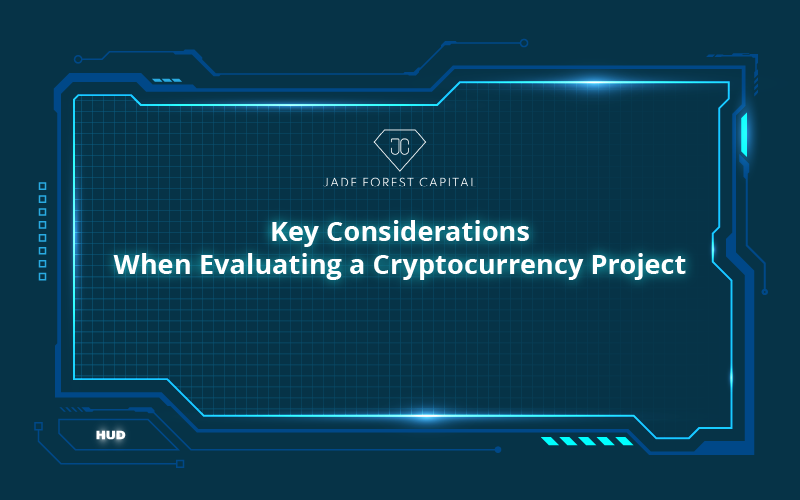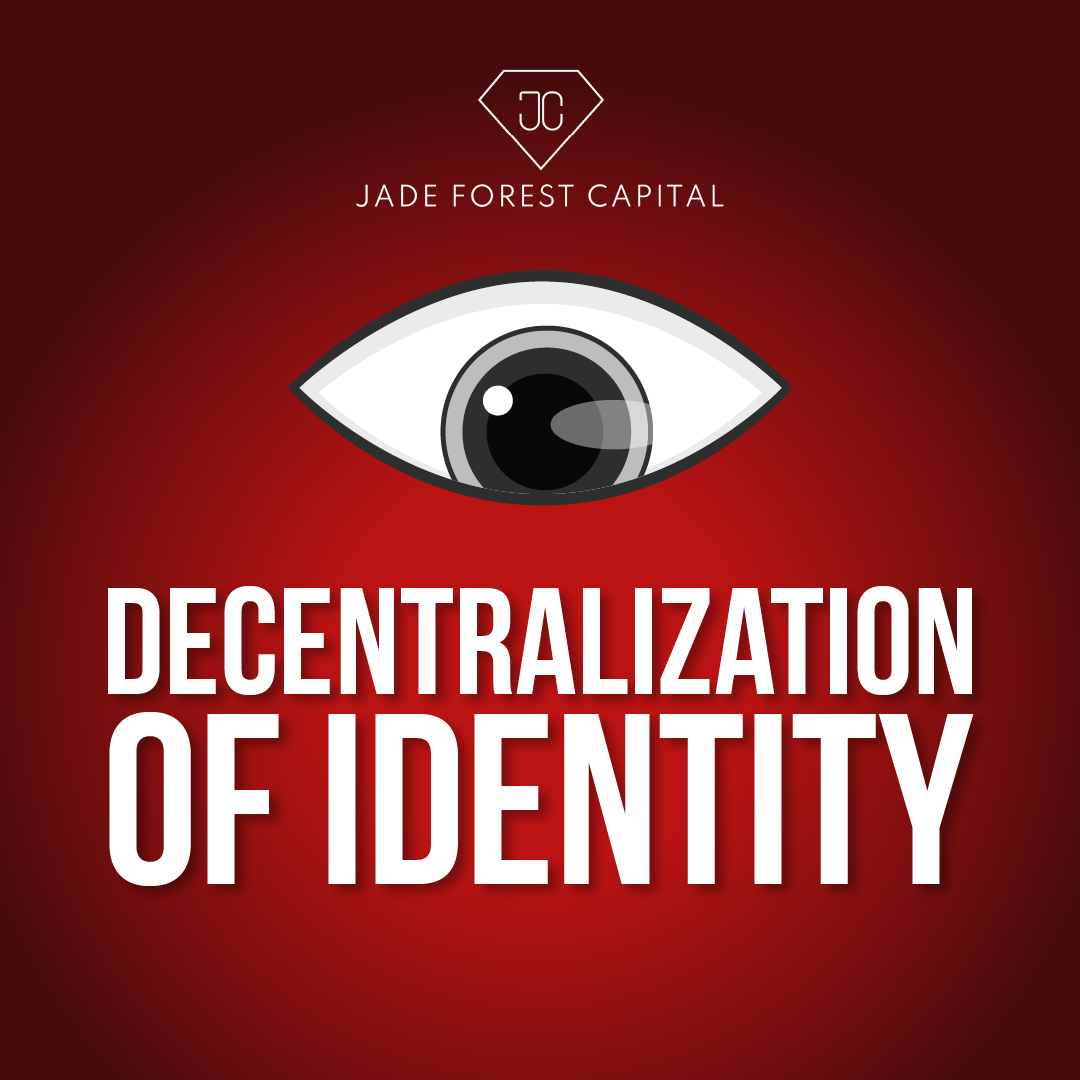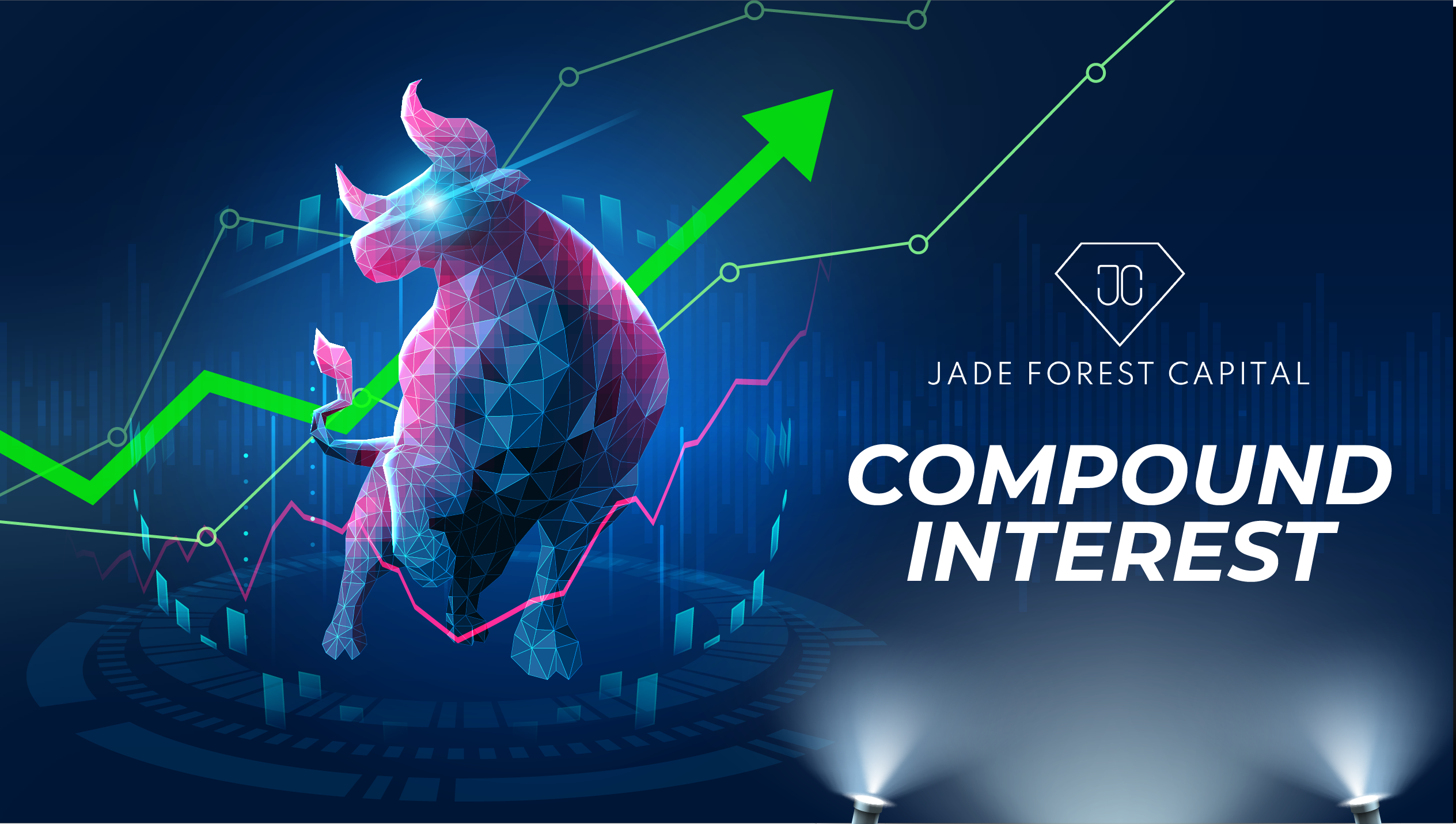Key insight
- According to CoinMarketCap, the number of blockchain projects is growing by the day and has reached 22,000 projects.
- The market is entering a harsh winter, but unlike in 2018, projects are still being built. What do investors and the projects need to know before investing in or developing a project?
- Is it possible for a project with a good product to become a tech unicorn in the future?
Introduction
The blockchain market expanded considerably in 2021, when the Bitcoin price surpassed USD 20,000 and reached USD 70,000 by the end of the year. During this time, the market attracted a large number of investors as well as a large amount of money. More projects are also being developed, with each project attempting to solve various problems of the current Web2 platform.
Projects built in 2020 – 2021 are more sophisticated in terms of products and token utilities than those built in 2017-2018 because developers have spent more time in the market. Therefore, their understanding of the blockchain programming language and how blockchain works is an inevitable consequence.
It is evident that diverse blockchain projects will have different applications. For example, Bitcoin is a blockchain that allows users to exchange currencies thanks to the blockchain’s algorithm. Furthermore, Bitcoin can limit the number of tokens to 21 million and is known as the most secure blockchain. Aside from that, Ethereum does not have a fixed total supply, but it is a blockchain that enables developers to build projects on it without having to re-code the entire blockchain but creating the product you want by incorporating smart contracts. This has increased the use of ETH.
Understanding the value of BTC and ETH is two separate aspects, despite the fact that they share the same structure as the original blockchain. When determining the value of BTC, we will heavily rely on global economics, while ETH will base on usability. However, in order to evaluate a blockchain project, smaller aspects such as security, transaction speed, product, tokenomic, token use case, etc., must also be considered.
Obviously, evaluating a blockchain is a challenging task. It necessitates a thorough understanding of the blockchain sector, as well as the traditional market, in order for investors to understand what problems blockchain products are attempting to solve.
Therefore, through this article, Jade Forest Capital will help investors get an overview of what they need to know when evaluating a blockchain project.
Product evaluation
The first step in project evaluation is to examine its products. The project’s product can be viewed as the key to determine whether or not the project will thrive in the future. Here are some factors to consider.
Determining the field of projects
As previously stated, each project will have its own specific focus and field. Many projects have been created to address payment issues such as Bitcoin, Ethereum, etc. Uniswap, Sushi Swap, and other projects were developed to solve investment problems. Other projects attempt to solve social problems on current Web2 platforms. There are many areas that have been transformed from Web2, as well as projects that have been created to solve existing issues in blockchain.
In general, each project will have its own characteristics; our task is to define its field. Clarifying a project area will help us better understand the application of the project’s product. Comprehending the project’s product from the start is extremely challenging for newcomers. By identifying the project’s field, we can study its difficulties and limitations, and then compare them with the project’s objectives to see if it’s on the right track.
You can refer to those fields based on Categories on CoinMarketCap, which will also give you an initial look at the market’s existing segments despite some limitations.
What is the product of the project?
Following that, we’ll get into the project’s product. DeFi products frequently include features such as Swap, Liquidity, and Farming, etc. This is considered the project’s use and product. DeFi projects typically attempt to solve problems that exist in the traditional economy and are a combination of Desirability, Viability, and Feasibility. As a result, you may discover that the output of a project frequently revolves around solving a problem that falls within the scope of the project.
The properties of Web3 products
Sometimes, projects in the same field have different ways of operating the product depending on how the project is oriented to solve the problem. We are not only evaluating the products but also how the product works. How will a product’s performance affect tokenomics and the project as a whole?
- The features of the blockchain will relate to security, transaction speed, and decentralization.
- In Defi, we often encounter products such as Lending, Borrowing, Staking, Swap, Add liquid, Farming, etc.
- In GameFi, we frequently come across products like NFT, game mode, marketplace, etc.
The above-mentioned features can be seen as the basic characteristics of the segments that hold a large market share in blockchain. As a result, the products listed above will not only be fixed in one segment, but will also be used in other segments or overlap depending on the developer’s design.
Product properties and usability
Is it sufficient to have a product that has a positive impact on tokenomics? How would you feel if you could swap on the Bitcoin network with a transaction time of 10 minutes?
This is what we mean, product’s properties and its usability. The way a product works that has a positive impact on the project’s economy is insufficient to evaluate a project. A good product must be usable as well as good. Here are some criteria to consider:
Product interface: A well-designed product connects users and creates good impressions for users, as well as displaying some of the project’s enthusiasm. Furthermore, being well-designed allows users to easily manipulate the product, creating comfort in using the product and keeping users with the project for a longer period of time.
Transaction speed, security, and decentralization: Since blockchain is an open network, it is vulnerable to attack, so the project requires specific prevention methods. Furthermore, developers must optimize the product’s performance. As previously stated, how would you feel if each trade took 10 minutes?
User satisfaction: As a newcomer looking to learn about the market, you will not be bothered by using a subpar product. As a result, user satisfaction is also a method of determining if the project’s product is good. User satisfaction is typically calculated by the number of users and the volume of transactions per day.
Technology of the product
Another factor to consider when evaluating a project’s product is its technology. Technology evolves at a breakneck pace, and blockchain technology is still in its infancy. Technology evolves at a breakneck pace, and blockchain technology is relatively new. Projects may simply need to be based on smart contracts, and the technological features of smart contract-based programming languages. Meanwhile, numerous products require more core algorithms like Layer1, such as Polkadot, Cosmos, Near, and others. These layers will necessitate a significant amount of work in developing the original blockchain programming language.
This is a relative factor, but the value it adds to the project will sometimes determine its success.
Conclusion
As can be seen, product is the most important consideration when evaluating a blockchain project. Besides, it is impossible to ignore other factors such as tokenomics, roadmap, team, etc. In the next article, Jade Forest Capital will explain more of those aspects.


